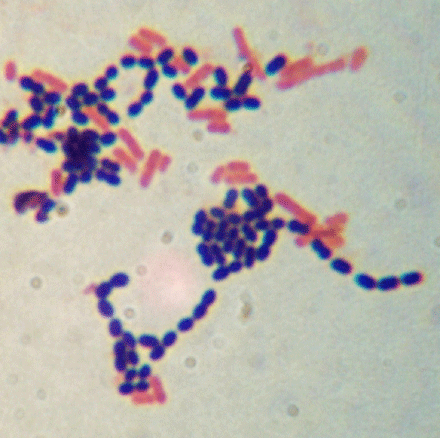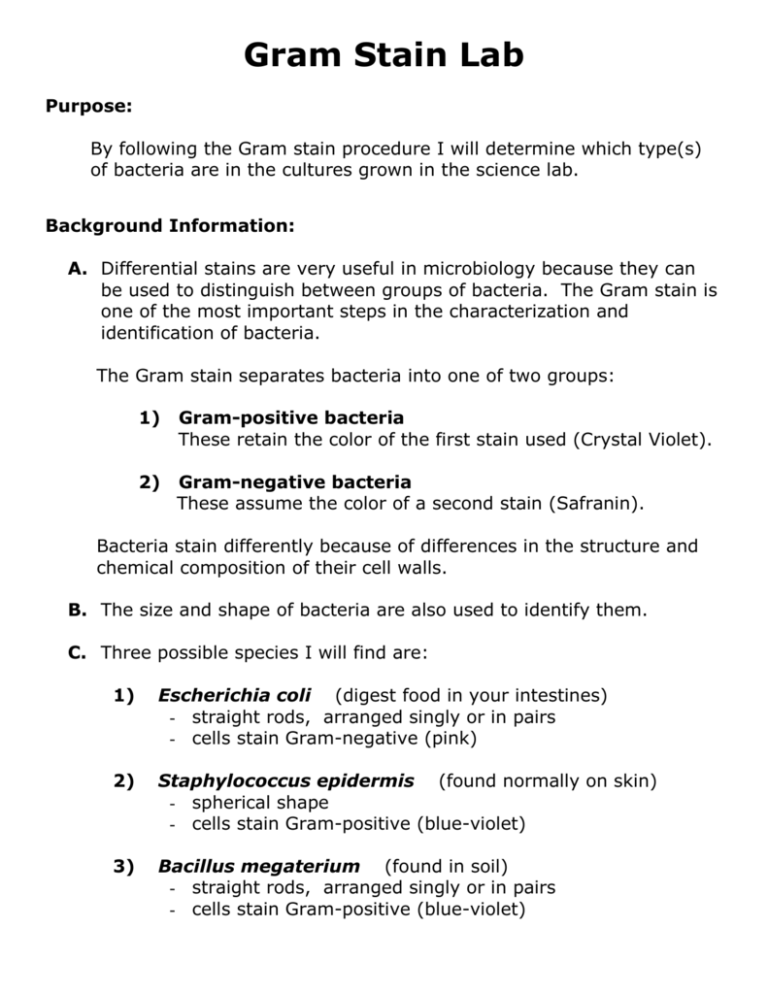Gram staining is a laboratory technique used to identify and differentiate bacterial species based on their cell wall composition. The procedure involves the application of crystal violet, iodine, and a decolorizing agent to a bacterial sample, which is then observed under a microscope to determine the bacterial species. The Gram stain is named after Danish bacteriologist Hans Christian Gram, who developed the technique in the late 1800s.
The Gram stain is a widely used and reliable method for identifying bacterial species, and it has many practical applications in the fields of medicine, agriculture, and food science. For example, Gram staining can be used to identify the presence of specific pathogenic bacteria in a patient sample, to detect foodborne pathogens in food samples, or to identify the presence of bacteria in soil or water.
One of the key advantages of the Gram stain is that it is a simple, inexpensive, and rapid method for identifying bacterial species. The procedure can be completed in just a few hours, and the results can be observed under a microscope, making it easy to confirm the identity of the bacteria.
Despite its many advantages, the Gram stain is not perfect. It can produce false positive or false negative results, particularly in the case of certain types of bacteria that do not retain the crystal violet-iodine complex. In these cases, other methods such as biochemical testing or DNA sequencing may be needed to accurately identify the bacterial species.
In conclusion, the Gram stain is a valuable and widely used laboratory technique for identifying and differentiating bacterial species. Its simplicity, speed, and low cost make it an important tool for a variety of applications in the fields of medicine, agriculture, and food science. However, it is not foolproof, and other methods may be needed to confirm the identity of certain types of bacteria.








